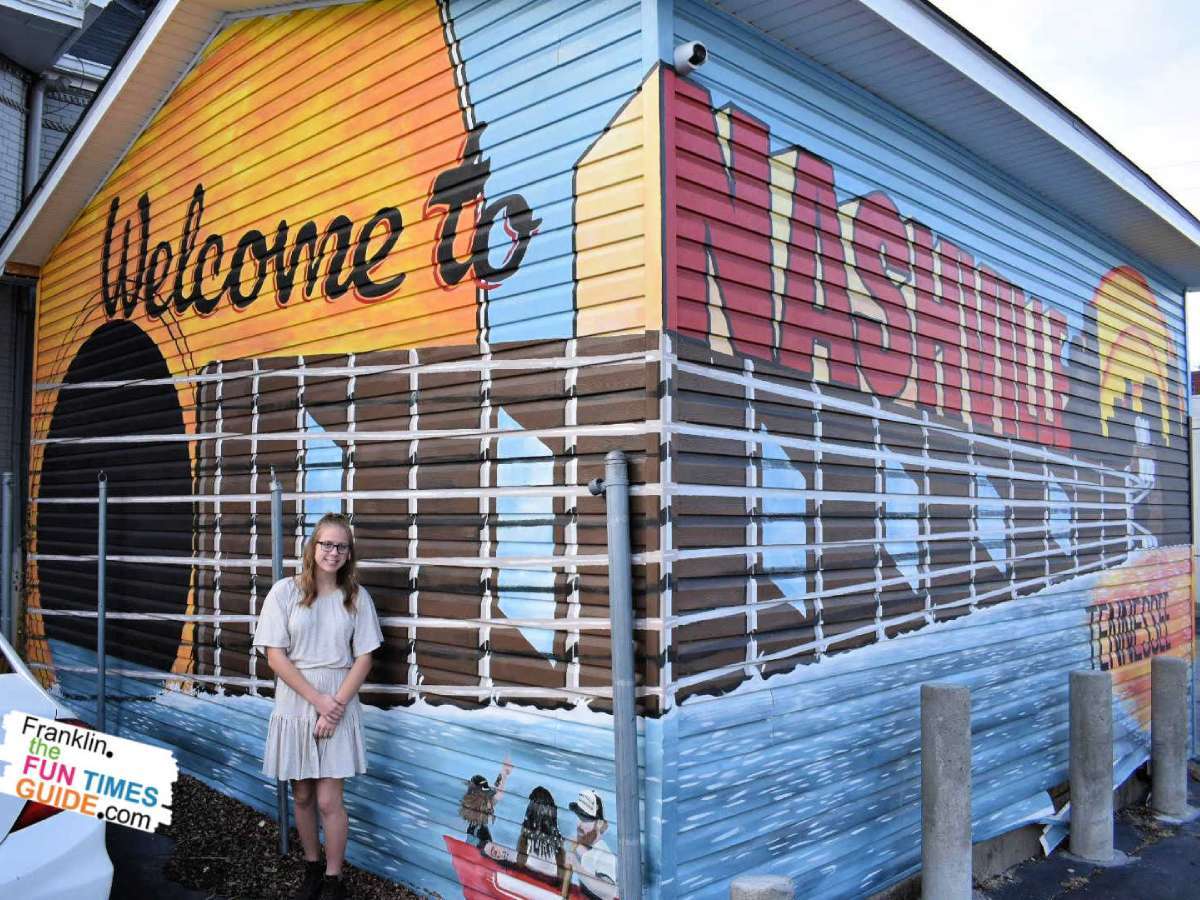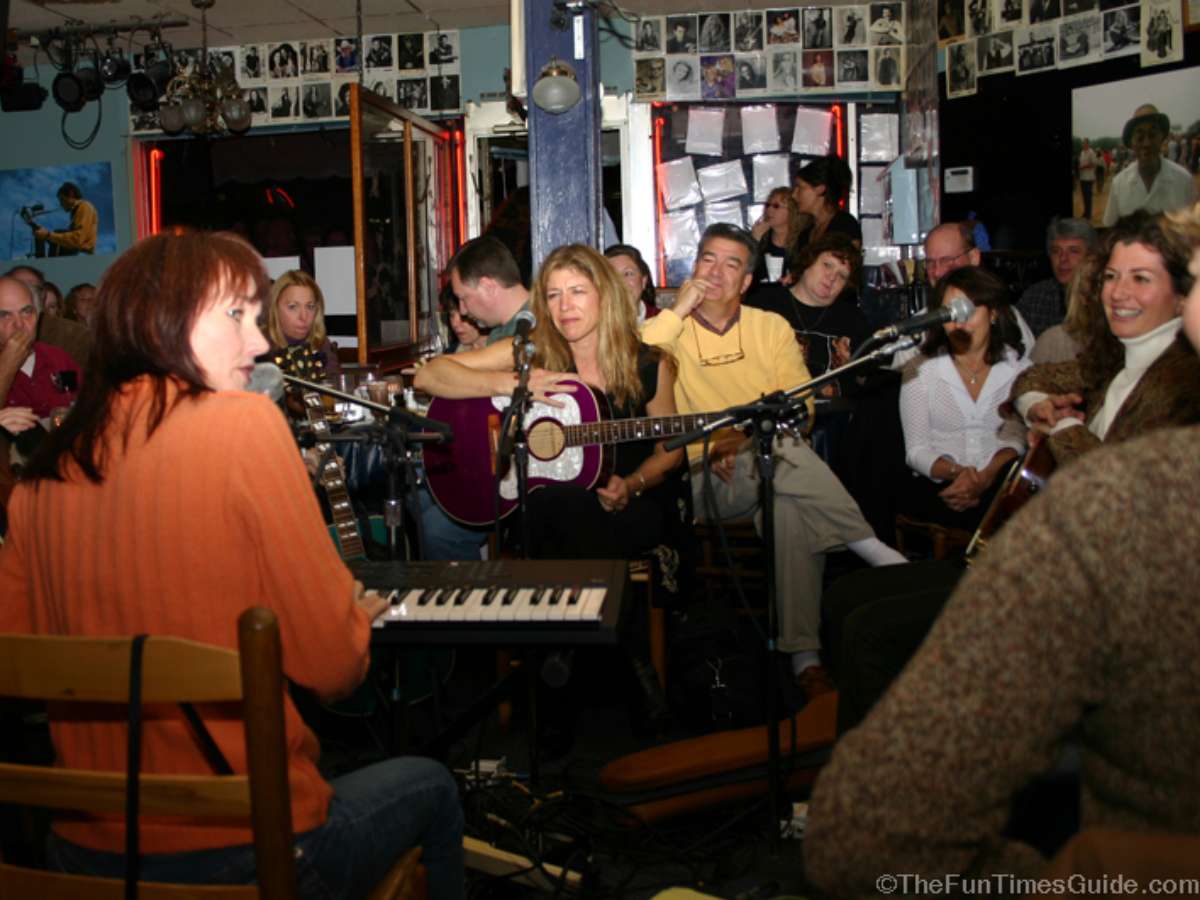
I must admit the main reason we visited The Parthenon Nashville was (in large part) due to the movie Percy Jackson & the Olympians: The Lightning Thief. We also ended up with some great Parthenon Nashville photos.
My son Gavin (11) is a huge fan of the book series written by Rick Riordan. If you’re familiar with the book or movie, you know that Percy Jackson journeys to The Parthenon in search of a certain object needed to complete his quest/mission. Ever since we watched the movie, my son has been wanting to visit The Parthenon to compare the movie to the real deal. So this summer Gavin and I — along with my daughter Taylor (13) and my other son Garrett (8) — decided to pay The Parthenon Nashville a visit.
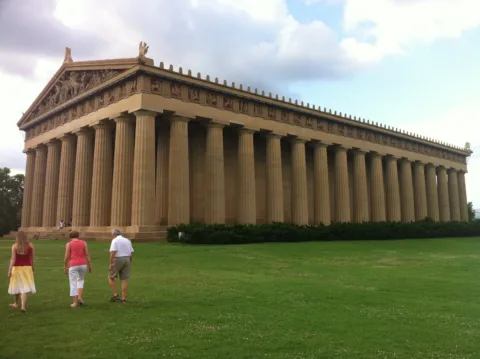
Things To Know Before You Go
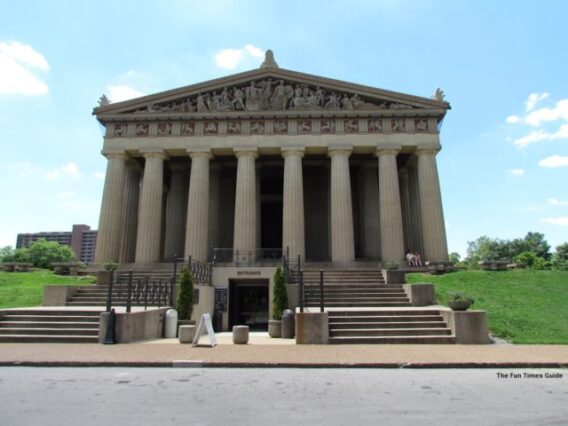
The Parthenon is located at 2600 West End Avenue (at West End Avenue and 25th Avenue — in Centennial Park) Nashville, Tennessee 37203.
Anyone can visit the outside of The Parthenon during normal park hours, but the museum itself has its own operating hours and entrance fee.
It’s open year round during these times:
- Tuesday thru Saturday: 9 AM to 4:30 PM
- Sundays: 12:30 PM to 4:30 PM
- Closed on Mondays
Museum entrance fees are as follows:
- Adults $10
- Children 4-17 $8
- Seniors 62+ $8
- Children Under 4 Free
NOTE: They charge a fee (2.3%) for processing credit cards, so if you don’t want to pay that, bring cash.
The Parthenon was a temple to Athena built on top of the highest hill in Athens, the Acropolis (Acropolis means High City). In the Late Bronze Age, the Acropolis had been where the kings of Athens lived (like Theseus in the myth), and where everybody went to defend themselves when there was a war. But after the Dark Ages, the Athenians had no more kings to rule them. Instead they had an oligarchy, and so there was no king to live on the Acropolis. Instead, the Acropolis became sacred to the goddess Athena, and the Athenians built her a temple there.
— Source
First Impressions Of The Nashville Parthenon

We made our way into downtown Nashville and headed to the lovely Centennial Park.
There were plenty of signs directing you to The Parthenon, so we knew when we were close. But when it came into view for the first time (ever), it took our breath away!
We were all awestruck not only by its beauty and enormity but by how unusual it was to have this building smack dab in the middle of a park in Nashville.
We parked our car and made our way toward the building. By the way, there’s plenty of FREE parking.
The entrance to The Parthenon is at the base of the steps at the “sidewalk level.” We first wanted to take in the building from the outside — so we made our way up the giant steps toward the huge pillars. We took our time admiring the intricate artwork that was everywhere. (Be sure to check out the ceiling!)
At the top of the stairs are the giant double doors that Percy Jackson entered in the movie. The doors themselves are to be admired. They’re bronze (weighing 7.5 tons each) and 24 feet high! Those doors do indeed lead directly to Athena herself, but since 1988 visitors are no longer permitted to enter that way. (The doors are locked and gated so you can’t even get close to them.)
Interesting fact: The Parthenon Nashville faces East just like its predecessor in Greece! Yep, it’s a full-scale replica of the original Parthenon in Athens, Greece, and the accuracy — in even the most minute details — is truly incredible.
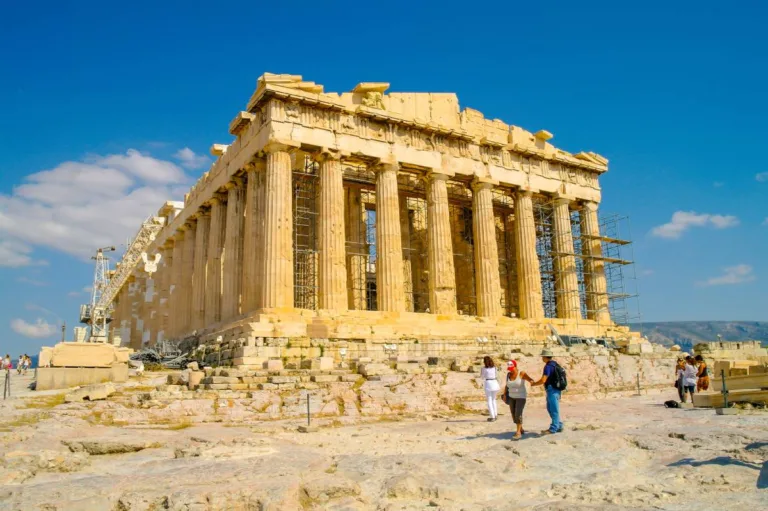
Nashville Parthenon Museum Highlights
We made our way to the museum entrance, paid our fees, left our water bottles with the guard (no outside food or drink permitted), and entered the first level (also known as the lower level).
This level of the museum has 3 areas for you to enjoy a self-guided tour:
- The first area is dedicated to the history of the making and restoration of The Parthenon, as well as Athena.
- The second area houses a permanent art gallery with 63 paintings (by various American artists) donated by James Cowan. In fact, The Parthenon serves as the city of Nashville’s official art museum.
- The third area is a temporary art gallery with an ever-changing array of items on display. (When we went, they were featuring several large-scale color photographs by Byron Jorjorian that were all taken in Tennessee.)
The history of the making of The Parthenon was very interesting, and I would’ve loved to have invested a lot more time in reading each and every article and photograph displayed. However, reality set in and with 3 kids that was just not in the cards. (I see a second visit in my future!) I quickly read through as much of the history as I could at a pace that was just right for the kids. Gavin was as interested in the history as I was, but we still had to move along faster than I wanted to.
All of my kids really enjoyed the gallery of photos by Byron Jorjorian, and we took our time admiring the collection.
A Parthenon Nashville Photo Gallery

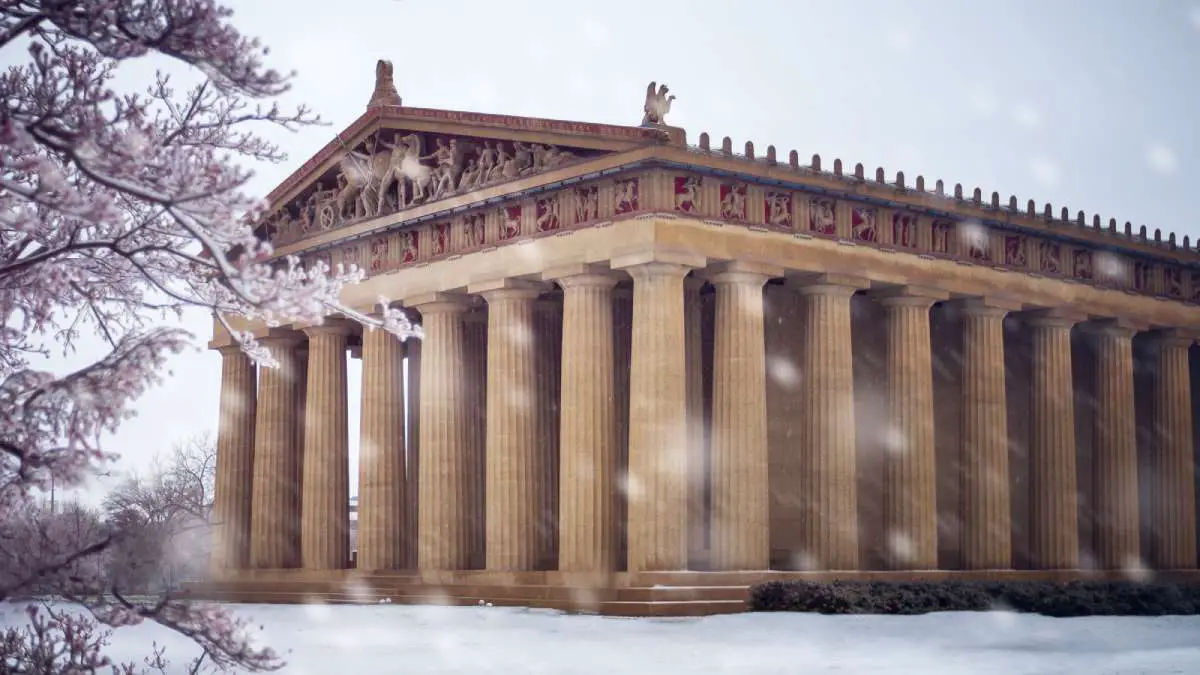
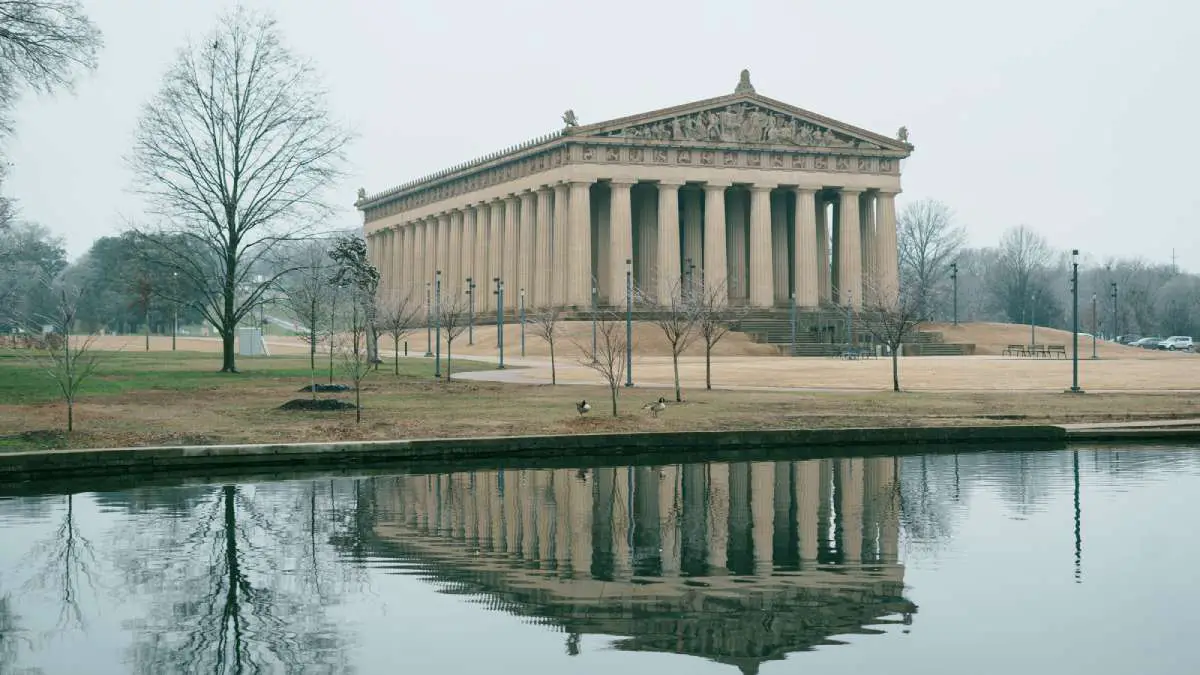
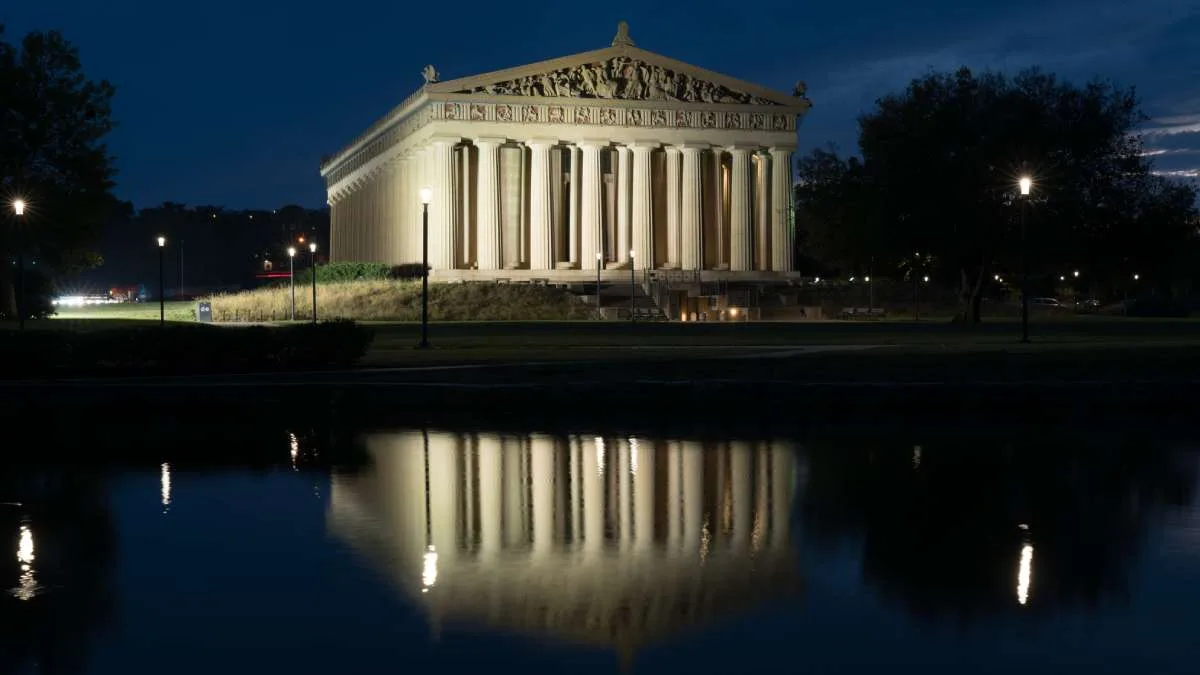
Here are some fun facts we learned about The Parthenon in Nashville:
- It was originally built in 1897 as a temporary structure to commemorate the Tennessee Centennial Exposition. This was to celebrate Tennessee’s 100 years of statehood which was supposed to have taken place in 1896. However, the celebration got pushed back 1 year due to slow construction and lack of funds.
- The Parthenon was such a huge hit that in 1920 the city of Nashville decided to make it a permanent aggregate concrete structure. They hired Russell Hart (a local architect) to undertake this project. On May 20, 1931 The Parthenon reopened to the public.
- In 1982 the city commissioned Alan LeQuire to create a replica of Athena Parthenos. Athena was unveiled to the public on May 20, 1990.
- Some other restoration projects were done in the early 1990’s and Athena was gilded in gold in 2002 to more closely resemble the original statue.
- You are not permitted to take any photographs or video in the lower level.
If these little tidbits of information pique your interest, I definitely encourage you to visit the museum yourself. It’s well worth the visit!
The upper level of The Parthenon is mostly dedicated to the giant statue of Athena Parthenos:
Athena Parthenos Parthenon Nashville Photo Gallery
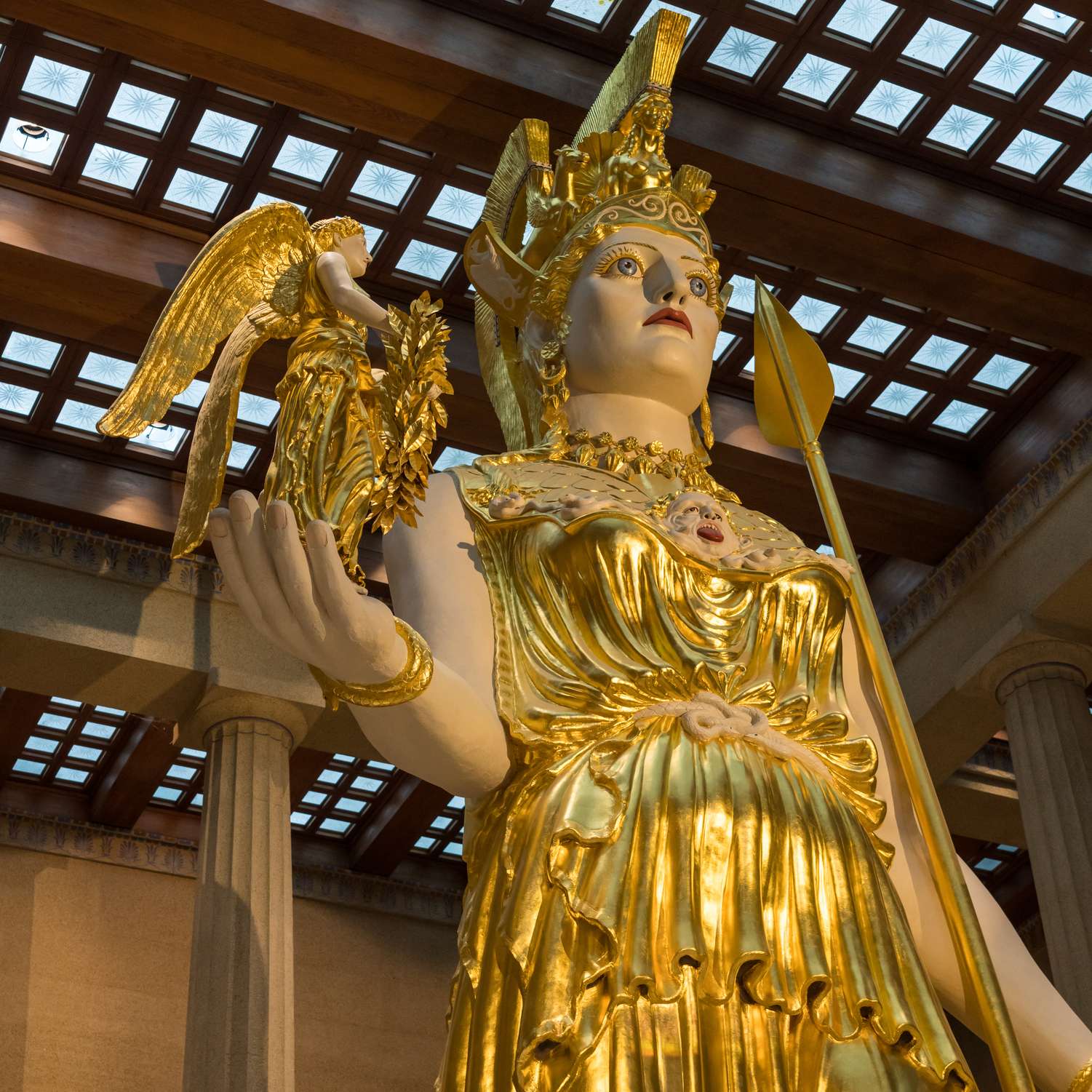
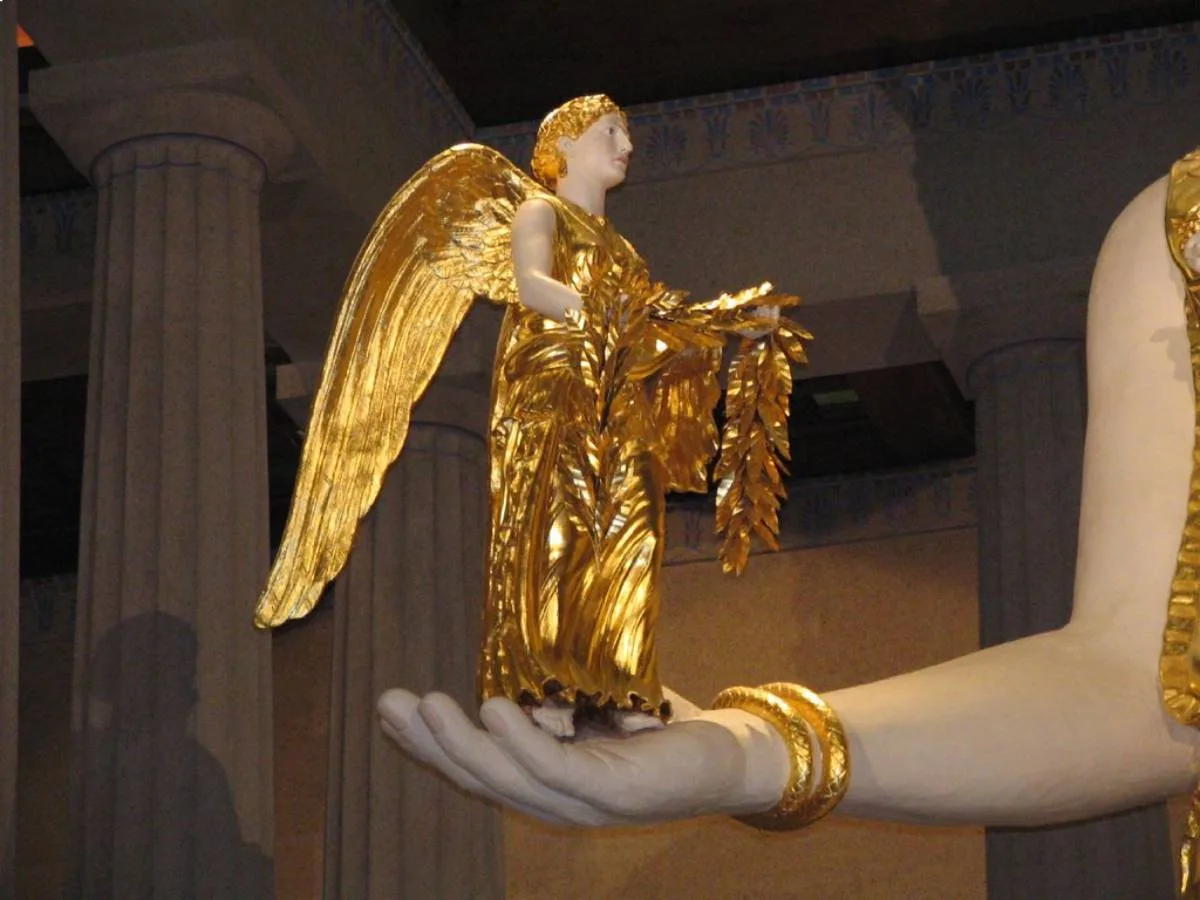

- Athena is over 41 feet tall (making her the largest piece of indoor sculpture in the Western World) and is estimated to weigh 12 tons.
- In her right hand she is holding a statue of Nike the goddess of victory — which, by itself, stands at 6 feet 4 inches tall!
- She has a magnificent crown on her head (there is only 12 inches between the top of her crown & the ceiling), a giant shield in her left hand and a large staff resting on her left shoulder.
- There are no words to aptly describe her. You must see her with your own eyes!
- On the same level there is also a Treasury Room which is where you will find interesting “treasures” on display.
- Photography is allowed on the upper level of the museum.
The Athena statue in the Percy Jackson movie was quite different than the real life Athena — she was airbrushed, Hollywood style! While I understand why she was changed, I still prefer the real deal.
I highly recommend visiting The Nashville Parthenon. In my opinion, it’s perfect for school-aged children and adults of any age. My kids and I spent a little over an hour exploring The Parthenon inside and out, and we all agreed that it was awesome!

